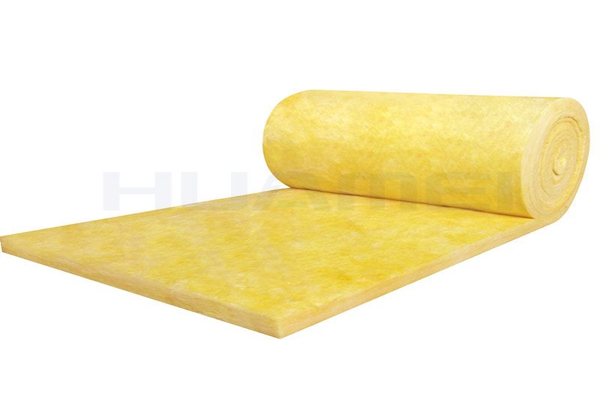E-mail: marketing@hbhuamei.com
Glass wool is a versatile thermal insulation material that plays a key role in several industries including construction, automotive, and manufacturing. Its ability to provide thermal and acoustic insulation makes it indispensable in modern infrastructure. However, understanding the factors that impact its cost is critical for both industry professionals and consumers alike.
Glass wool is mainly composed of recycled glass and sand, and is processed through high-temperature melting and spinning technology. The manufacturing process involves complex steps to ensure the required insulation properties. While the use of recycled materials helps it be environmentally friendly, the energy-intensive production process affects its overall cost.

There are several key factors that influence the cost of glass wool insulation. Prices for raw materials, including glass and sand, fluctuate based on market conditions and supply. Energy costs are critical to the smelting and spinning processes and have a significant impact on overall production expenses. Labor costs, production efficiency, and compliance with quality standards also affect the final price tag. Additionally, market demand and supply dynamics play a crucial role in determining pricing strategies.
Glass wool competes with a variety of alternative insulation materials such as fiberglass, mineral wool, and foam insulation. Each material has unique advantages and disadvantages in terms of insulation properties, durability, and environmental impact. While initial costs may vary, long-term benefits and environmental considerations play an important role in the decision-making process.
Glass wool pricing is influenced by global and regional trends, including market demand, production costs, and regulatory frameworks. Regional differences in production costs, labor prices, and energy charges result in pricing differences between markets. Additionally, trade policies and tariffs influence international trade and pricing dynamics.
Despite the higher initial cost, glass wool insulation offers significant economic and environmental benefits. Its energy-saving properties help reduce heating and cooling bills, resulting in long-term cost savings for consumers. Additionally, glass wool’s recyclability and minimal environmental footprint comply with green building standards and sustainability initiatives.
Understanding the cost dynamics of glass wool insulation is critical to making informed decisions across industries. By considering factors such as raw material prices, production processes, and market trends, stakeholders can navigate the complexities of pricing and make sustainable choices.
Copyright © Huamei Energy-saving Technology Group Co., Ltd. All Rights Reserved | Sitemap | Privacy Policy
Insulation solutions LIST: Insulation solutions LIST